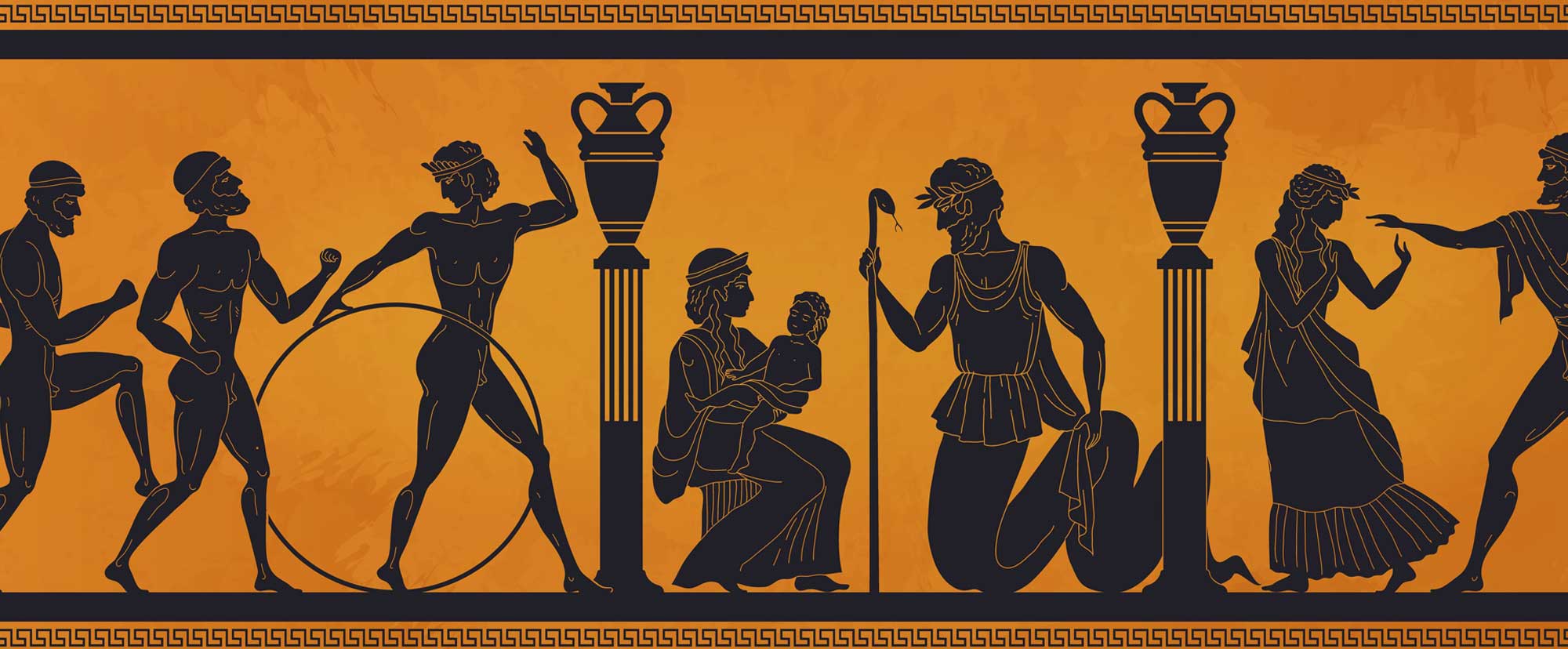3 min read
Antiquities and AML – the BSA finally comes calling in 2021
![]() AML RightSource
:
January 21, 2021
AML RightSource
:
January 21, 2021

For decades, dealers and auction houses involved in the sale of art and antiquities have evaded the scrutiny of US regulators. The stringent provisions of the Bank Secrecy Act (BSA) did not cover the lucrative art market, worth well over $60 billion annually.
But that stops in 2021 –the defence bill passed by Congress in January includes several AML provisions that target entities that deal with the sale of expensive antiques and works of art. The potential impact of these new laws can be gauged by the opposition it drew from the auction industry leaders – Christie’s alone spent over $100,000 lobbying against it, according to the NY Times.
The AML Act (2020) – why it is a landmark development
The inclusion of the 2020 Anti Money Laundering Act (AML Act) in the 2021 defence bill was a remarkable development in its own right – at a time of extreme partisanship in Congress, both Republicans and Democrats supported the bill. So strong was the bipartisan support of the bill, even a veto by the President could not stop it.
The passage of the National Defense Authorization Act (and by extension, the provisions in the AML Act) represented the first major upgrade to the BSA in almost two decades. The last time significant changes came to US money laundering regulations was in 2001, with the Patriot Act as a reaction to 9/11.
Ever since the European Union passed the Fifth Money Laundering Directive (5AMLD) in January 2020, it had forged ahead of the US in terms of AML compliance in the art and antiquities markets. With the latest updates, the US will finally catch up with the European Union.
The security implications of illegal antiquities trade
Antiquities – priceless objects from ancient and medieval eras – hold the same allure as artworks for financial criminals. An unregulated and opaque market presents them with an attractive route for money laundering.
Like in wildlife products, precious metals, and gemstones, a significant illegal market exists for antiquities as well. UNESCO has been actively campaigning against the trafficking of antiquities as it encourages the destruction of historic and cultural heritage sites around the globe, particularly in conflict regions.
Ever since the US invasion of Iraq, the profile of illegal antiquities trade as a security risk has risen considerably. As the cradle of human civilization in ancient times, the Mesopotamian region (modern Iraq and Syria) is home to priceless ancient artefacts and archaeological sites.
During the war and the chaos that ensued in the region in its aftermath, widespread looting of ancient sites and even national museums had been widely reported. Many of the items looted found their way to the illegal antiquities market across the world.
There was concern that terrorist organizations were using the sale of antiquities as a source of revenue. This reached its crescendo during the heydays of the Islamic State (ISIS) when it controlled vast swathes of territory in Syria and Iraq. Apart from militants, organized crime also has a significant stake in this international trade.
Even legal trade carries a significant risk of financial crimes
Even beyond the smuggling and illegal trade, there are other security threats related to the legal transactions involving antiquities in the regulated markets/auction houses. As already covered in this previous post, the links between the art world and money laundering are acknowledged by AML authorities around the world.
Ancient artefacts, both legitimately acquired or looted, are often sold off under the security of falsified provenance records. Their artificially inflated valuations allow buyers to use these for money laundering, tax write-offs, or even underwriting other illegal deals.
In 2018, two Russian oligarchs reportedly evaded US sanctions to buy multi-million-dollar artworks from private dealers in New York. American businesses are barred from having any transactions with individuals and entities sanctioned by the US Government.
But the auction houses and dealers involved had not explicitly broken any laws – the transactions were handled by proxies of the oligarchs. They just exploited loopholes that existed in the system. That clearly struck a raw nerve in the US Congress, resulting in the recent legislation.
The implications of the act for auction houses
The finer details of the new regulations have not been finalized yet – that duty falls to the Financial Crimes Enforcement Network – (FinCEN), the US Treasury bureau tasked with combating financial crimes, money laundering, and terrorism financing across the globe.
But as it stands, the sections on art/antiquities trade has one main objective – bring the parties in this market under the ambit of the BSA. Auction houses and other dealers in antiquities will be required to follow due diligence and compliance reporting for high-value transactions, on a level similar to banks.
Until now, auction houses and dealers followed AML regulations that were voluntary. Crucially, they did not involve any kind of vetting of the buyers or finding out the “actual beneficiary” of a transaction. Once the new regulations are put in place, this will no longer be the case – the market would be better equipped to prevent a repetition of the 2018 Russian incident.
The economic pains of the COVID pandemic have put the high-value art and antiquities market under extra duress – in the continued absence of regulations, many would have found the allure of the black market irresistible. From that perspective, these new regulations could not have come at a better time.

